July is the peak month for grill fires in the United States. The National Fire Protection Association reports an average of 10,600 home grill fires annually.
Fireworks cause an estimated 19,500 fires each year, according to the NFPA. Fire departments see a significant increase in accidents and fires during Fourth of July celebrations.
Grilling Safety Precautions Essential
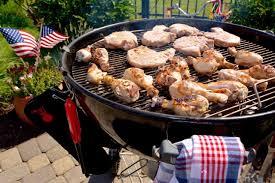
Grills should be placed at least 10 feet from homes and structures. The U.S. Consumer Product Safety Commission reports that 19,700 people went to emergency rooms in 2020 due to grill-related injuries.
Clean grills before use and never leave them unattended when lit. Proper disposal of charcoal ashes is crucial, as they can remain hot for days.
Fireworks Handling Requires Caution
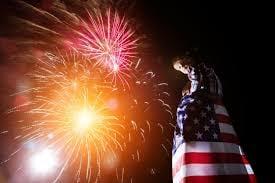
Fireworks injuries peak around July 4th, with 66% of annual fireworks injuries occurring within a month of the holiday. In 2021, at least nine people died and 11,500 were injured in fireworks-related incidents.
Always light fireworks on a flat surface away from flammable objects. Never attempt to relight “dud” fireworks, as this can cause serious harm.
First Responders’ Busiest Day

The Fourth of July is one of the busiest days for emergency responders. Fire departments typically see a 35% increase in calls on this day compared to average.
Hand injuries are common with fireworks mishandling. Fire departments recommend having fire extinguishers or garden hoses ready during celebrations.
Proper Grill Ash Disposal

Improper disposal of grill ashes can lead to fires days after use. In 2020, 29% of home grill fires started on an exterior balcony or open porch.
Allow ashes to cool for 1-2 days before disposal. Place cooled ashes in a metal container with water before discarding.
Creating Safe Fireworks Zones
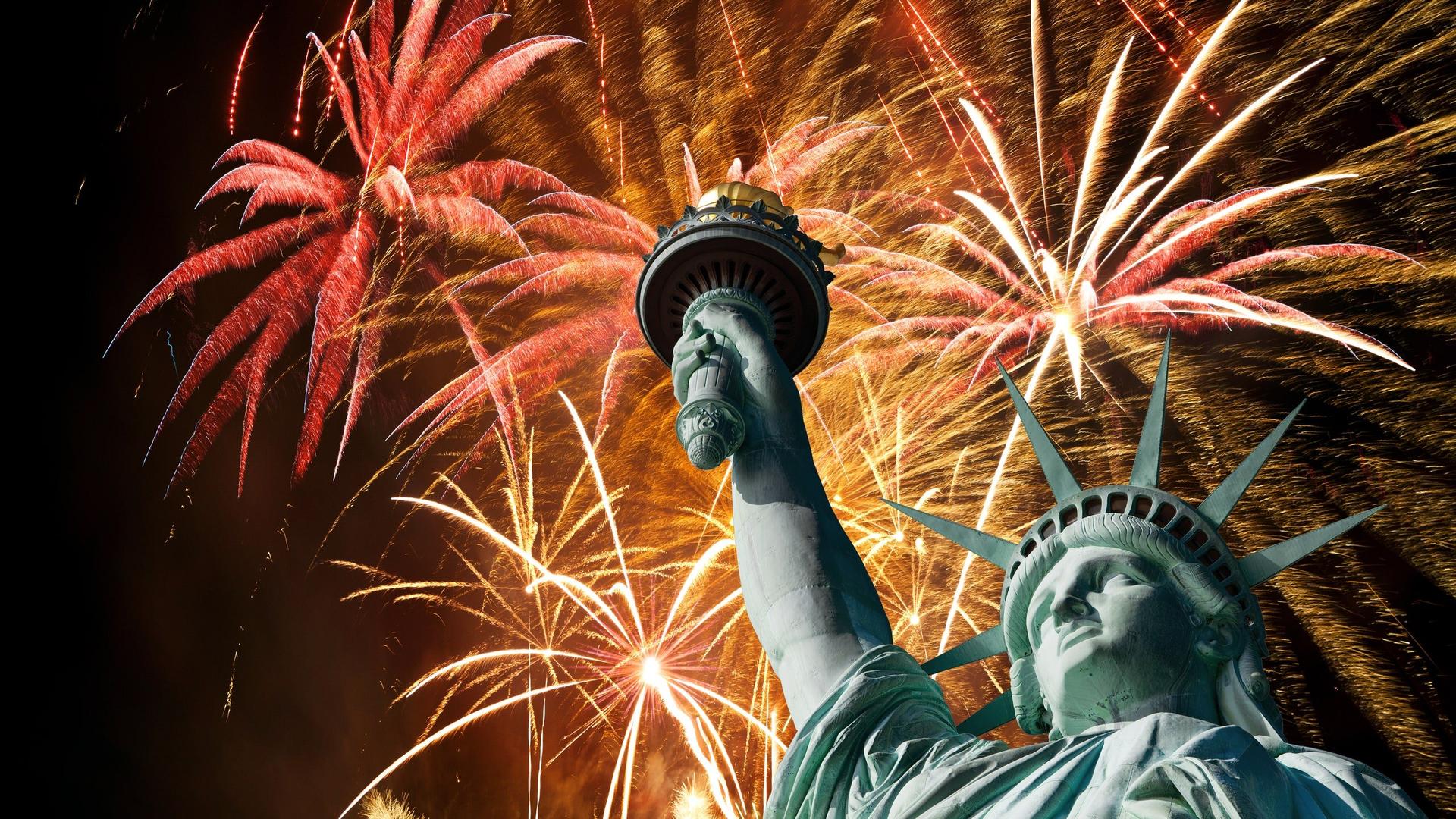
Designating specific areas for fireworks use can enhance safety. The Consumer Product Safety Commission recommends a minimum clear area of 30 feet for fountains and ground-based fireworks.
Use sidewalk chalk to mark off “adults-only” zones for lighting fireworks. Keep spectators, especially children, at a safe distance.
Protective Gear for Grilling
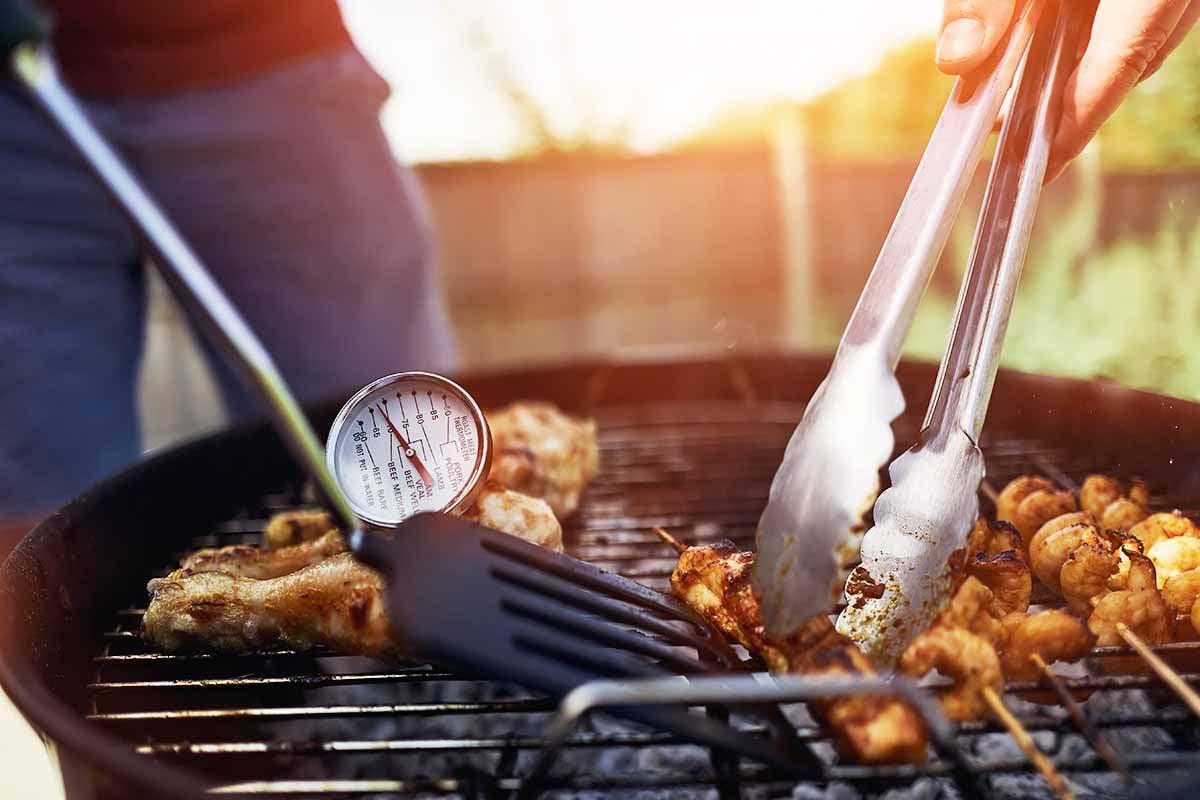
Using protective gear while grilling can prevent burns and injuries. The National Fire Protection Association reports that 39% of grill injuries are thermal burns.
Fireproof gloves are essential for handling hot grill components and food. Long-handled utensils can also help maintain a safe distance from heat.
Fireworks and Alcohol Don’t Mix
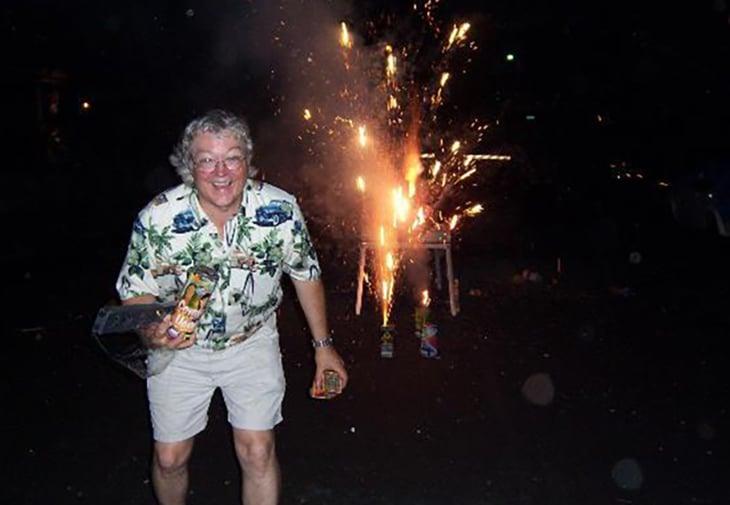
Alcohol consumption increases risks associated with fireworks. A study found that alcohol was a factor in 40% of fireworks-related injuries.
Never consume alcohol while handling fireworks. Designate a sober individual to manage fireworks displays.
Children and Fireworks Safety
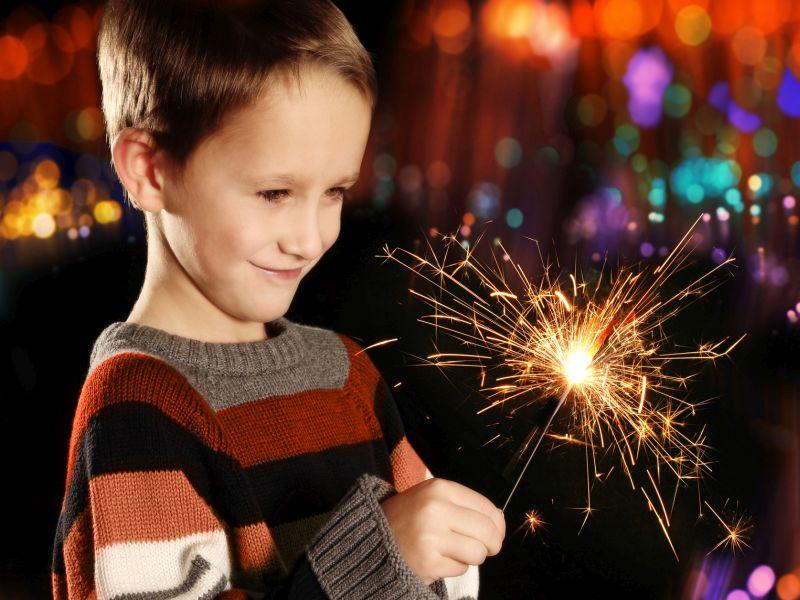
Children under 15 account for 36% of fireworks injuries, according to the CPSC. Never allow young children to handle fireworks, including sparklers.
Sparklers burn at temperatures of about 2,000°F, hot enough to melt some metals. Provide children with safer alternatives like glow sticks or confetti poppers.
Grilling-Related Fire Statistics
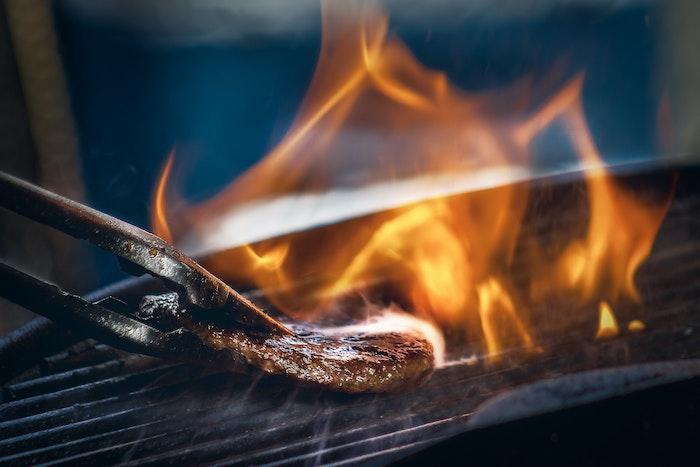
Gas grills were involved in an average of 8,900 home fires per year between 2014-2018. Charcoal or other solid-fuel grills were involved in 1,300 home fires per year.
July (17%) is the peak month for grill fires, followed by June (14%). Failure to clean the grill was a factor in 29% of fires.

